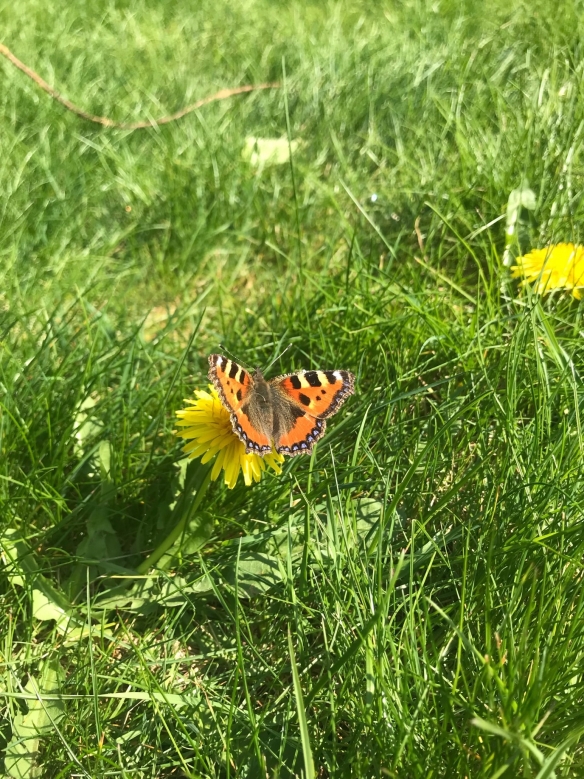When it comes to pollination, we think of bees, flies and moths, writes Athayde Tonhasca. While these insects are crucial for the pollination of many of our crops and wildflowers, an enormous army of flower visitors carries on their business unnoticed by most of us: the Darwin or ichneumonid wasps (family Ichneumonidae).
The most commonly recognized wasps are social species whose females have venomous stings. In contrast, Darwin wasps have ovipositors (tube-like organs for egg-laying), and they are all solitary. They have a slender waist and noticeably longer antennae than other wasps. Most Darwin wasps are no more than a few millimetres in size, although some species are 7 cm long or more.

A Darwin wasp © Charles J Sharp, Wikipedia Creative Commons
We don’t know how many Darwin wasp species there are worldwide: some 25,000 have been described, but estimates of the true number vary from 60,000 to over 100,000. In the UK, we have approximately 2,500 known species, making up almost 10% of all British insects. In one study, 455 species were caught in a two-year period in a suburban garden in Leicester. So it is quite possible that Darwin wasps are one of the most diverse groups of animals on Earth.
Despite their diversity, Darwin wasps are largely overlooked and unknown. They are difficult to sample and identify, and details of their biology and ecology are lacking. One thing we know about them: the vast majority of species are parasitoids of other invertebrates – meaning they lay their eggs in or on a host, which the larvae feed on and eventually kill. This distinguishes them from parasites, which live off a host but don’t usually kill them, and predators, which attack and consume many individuals of the same or different species.
On hatching, Darwin wasp larvae initially absorb nutrients from the host’s body. Later they feed on non-vital organs, such as fat reserves. The host continues to feed and shows no signs of distress until the larvae are fully fed, when they finish off the host by eating its internal organs. The parasitoids either pupate inside the carcass of their dead host, or they emerge and pupate in silk cocoons nearby. If you have seen the chest-bursting creature in the film “Alien”, you have an idea of the host’s predicament.

Darwin wasp larvae feeding on a caterpillar © Beatriz Moisset, Wikipedia Creative Commons
The apparent cruelty of these parasitoids troubled Charles Darwin, who refers to them in a letter he wrote in 1860 to the American naturalist Asa Gray:
I cannot persuade myself that a beneficent and omnipotent God would have designedly created the Ichneumonidae with the express intention of their feeding within the living bodies of Caterpillars…”
This famous quotation is the reason why in 2019 a group of ichneumonid specialists proposed Darwin wasps as a vernacular name for this group of insects, so that they become more widely known and appreciated.
Darwin’s theological dilemma notwithstanding, “his” wasps are tremendously important as regulators of insect populations, including many pests. Several species are reared by biological control companies for use in gardens and glasshouses.
When not searching hosts, Darwin wasps can be seen feeding on the nectar and sap of flowers, shrubs and trees, although they prefer umbellifers (family Apiaceae or Umbelliferae) such as wild carrot, fennel and cow parsley. They are known to pollinate some of these species and some orchids as well, although we know very little about the extent of this ecological service. But considering the abundance of Darwin wasps, it would not be surprising if they turn out to be important pollinators in many of our habitats.

Darwin wasp Tryphon cf. rutilator © Hectonichus, Wikipedia Creative Commons


 The car park sits on heavy clay and some of this was used for landscaping. The dry weather that followed set the clay like concrete. None of this sounds very encouraging but on the Stirling NNR team we were keen to develop a wildflower meadow around the car park for a number of reasons:
The car park sits on heavy clay and some of this was used for landscaping. The dry weather that followed set the clay like concrete. None of this sounds very encouraging but on the Stirling NNR team we were keen to develop a wildflower meadow around the car park for a number of reasons:


















